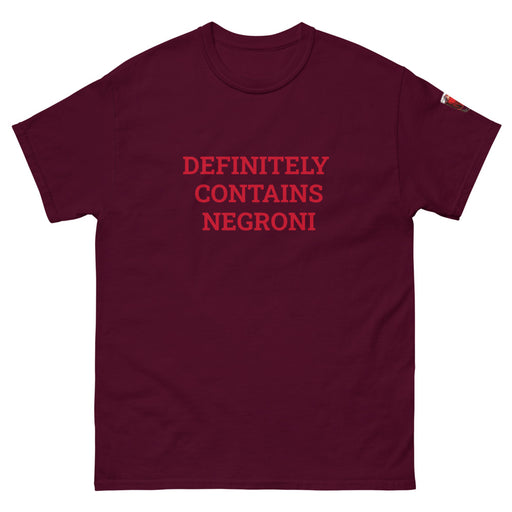The history of the Negroni cocktail is a fascinating blend of legend and fact, centered around the vibrant culture of early 20th-century Italy. The most widely accepted origin story of the Negroni traces back to Florence in the 1920s.
The protagonist of the story is Count Camillo Negroni, an Italian nobleman who had spent time in the United States and England, where he developed a taste for cocktails—a rarity in Italy at the time. Upon returning to Florence, Count Negroni frequented Caffè Casoni, known today as Caffè Giacosa, located in the heart of Florence.
According to popular lore, in 1919, Count Negroni asked the bartender, Fosco Scarselli, to make a stronger version of his favorite cocktail, the Americano, which consisted of Campari, sweet vermouth, and soda water. Scarselli obliged by substituting the soda water with gin, adding an orange peel rather than the typical lemon garnish of the Americano, thus giving birth to the Negroni.
The new drink quickly gained popularity, and the Count's family founded the Negroni Distillery in Treviso, Italy, in 1919, where they began producing a ready-made version of the cocktail called Antico Negroni 1919.
Over the decades, the Negroni has become a staple of Italian aperitivo culture and has gained international acclaim as a classic cocktail. Its simplicity, elegance, and balanced flavor profile have made it a favorite among cocktail enthusiasts worldwide.
The Negroni's history is a testament to the evolution of cocktails over the last century, reflecting changes in tastes, cultural exchanges, and the creativity inherent in cocktail craftsmanship. Despite various theories and legends surrounding its exact origins, the Negroni remains a timeless classic, celebrated for its bold flavors and sophisticated balance.























